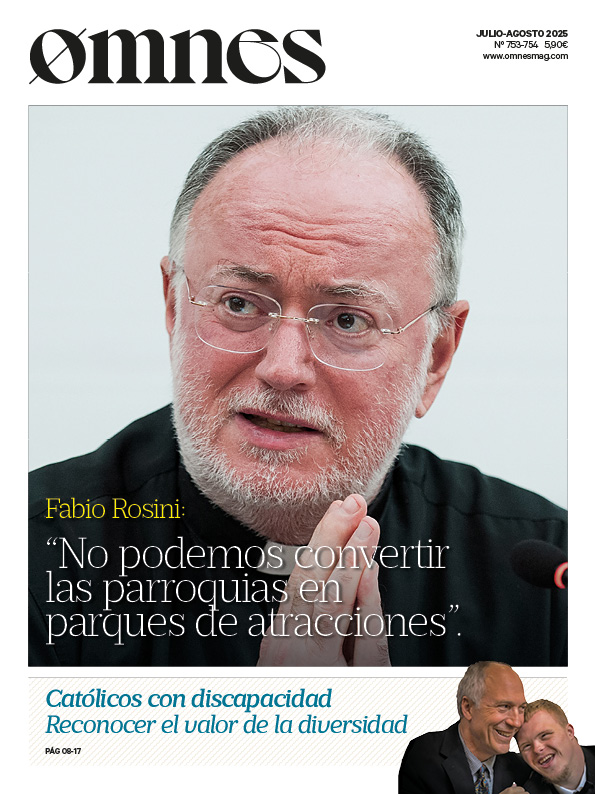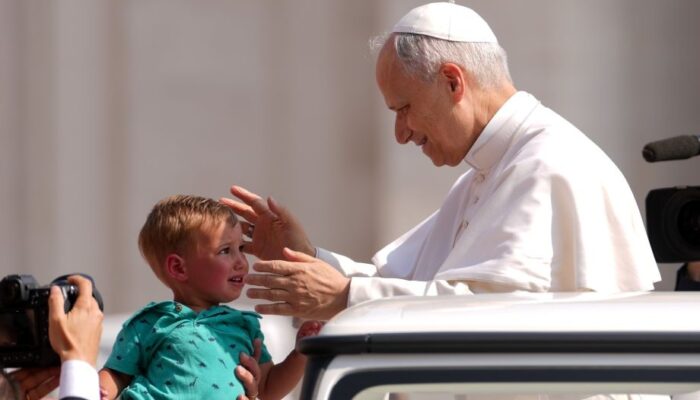By Stefan Gross-Lobkowicz.
"L'État, c'est moi" ("I am the State") was the motto of the French Sun King Louis XIV, who celebrated himself as a monarchist-absolutist ruler. The multifaceted Spanish artist Salvador Dalí (1904-1989) was no less self-confident.
From Marx and Freud to Jesus
Salvator - the savior, so the paranoid eccentric saw himself, for "as the name implies, I am destined to do nothing less than save painting from the emptiness of modern art." Media star, highly paid, living work of art with two museums in his lifetime, hardly anyone had cultivated self-dramatization as much as the man with the twisted mustache and the cane, who claimed to be surrealism itself. The total work of art, the vanities, the surface, all that is also Dalí, but only half of it; the other half was made up of the God-seeker and theologian.
Politically, he initially leaned towards Marxism, atheism and nationalism, later becoming himself. He was inspired by Sigmund Freud's psychoanalysis and became a pictorial chronicler of the unconscious, depicting the depths of the soul, the impulsive structure of Eros and Thanatos. He deliberately contrasted his dream worlds with the fragmentation of the world. Heady motifs, melting clocks, flying elephants, flaming giraffes, the world of the surreal celebrated its triumph with him, but he had already surpassed it.
Art of biblical inspiration
From 1963, with his cycle "Biblia Sacra", he counterposed the surrealist to a living and religious world coming from the spirit of the Bible. This vision of the depths of humanity and the heights of God was provoked, in part, by his painful memories of World War II and the dropping of the atomic bomb. These times of absurdity had changed him, internalized him and allowed him to build a bridge to the Christian faith. He now saw his vision of the world as mediated by the Crucified One. If God did not look to Christ, he could not endure the world.
The former eccentric had converted to Catholicism, fascinated by the images of the Italian Renaissance: Raphael, Velazquez and Ingres. Now he wanted to open people's eyes to the faith. His paintings become living testimonies of his religiosity, sources of inspiration that deal with life and suffering, crucifixion and resurrection in such a way that they convey hope and transform death as arrest in motion.
Finding heaven with God
Dali wants to explore the world and will always return to God. "All this time I have been searching for heaven through the density of the confused flesh of my life: heaven!". He wrote in the epilogue to his 1941 autobiography, "And what is it, where is it? Heaven is neither above nor below, neither to the right nor to the left; heaven is precisely in the heart of the believer! END."
For the Catalan, "there is no reliable method to achieve immortality other than the grace of God, faith". Getting to the bottom of life, creating closeness with God -mediated through art-, connecting heaven with earth and giving this message to mankind became the credo of a person convinced that the Gospel was not only there for people, but also served as a source of strength to pursue the message of Jesus. While God remains constant, man does not.
Dalí, who has not yet found heaven "until this moment", confesses: "I will die without heaven". But he always sought it, and this remains his legacy for us today.
This is a translation of an article that first appeared on the website Die-Tagespost. For the original article in German, see here. Republished in Omnes with permission.








